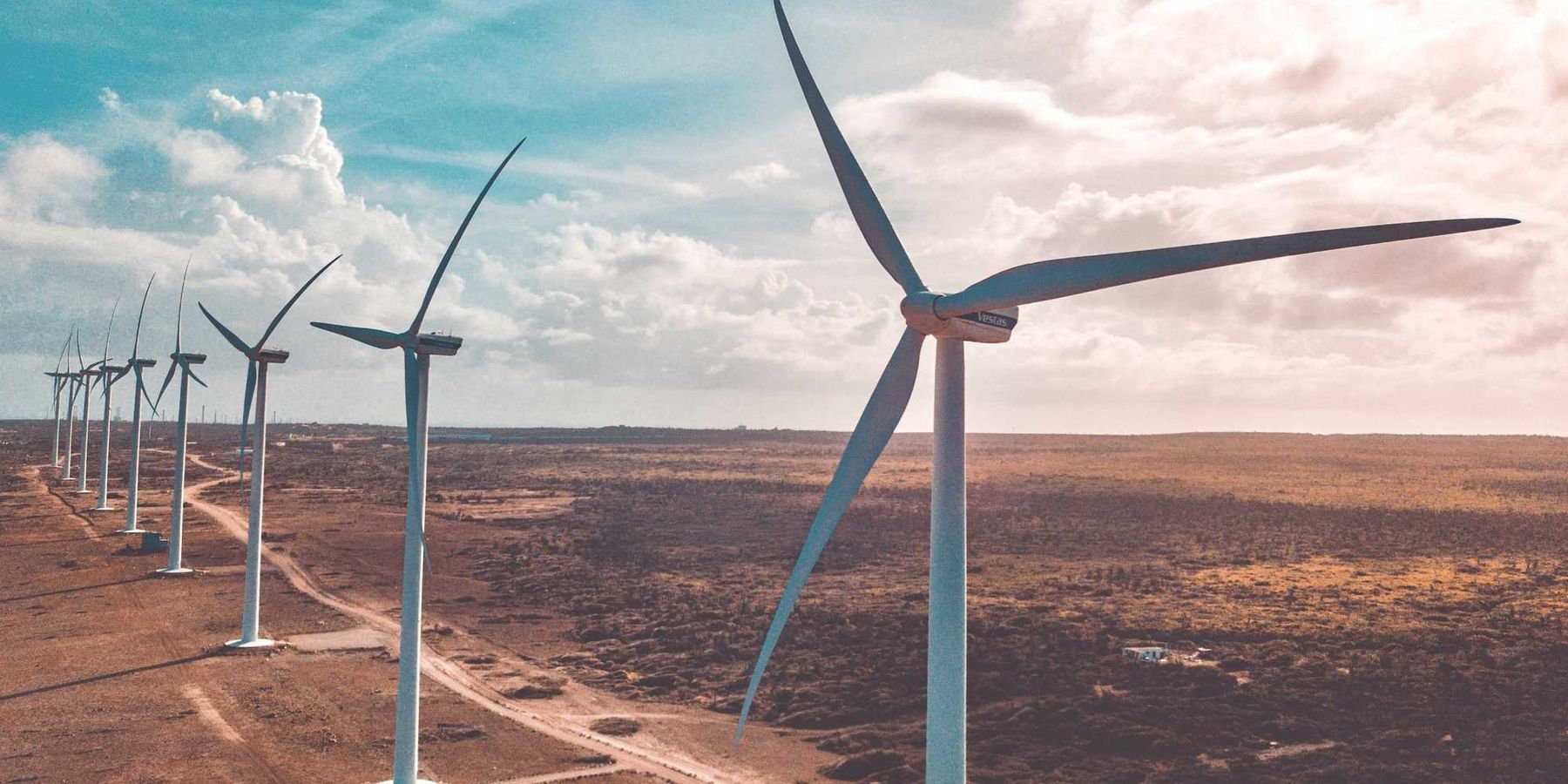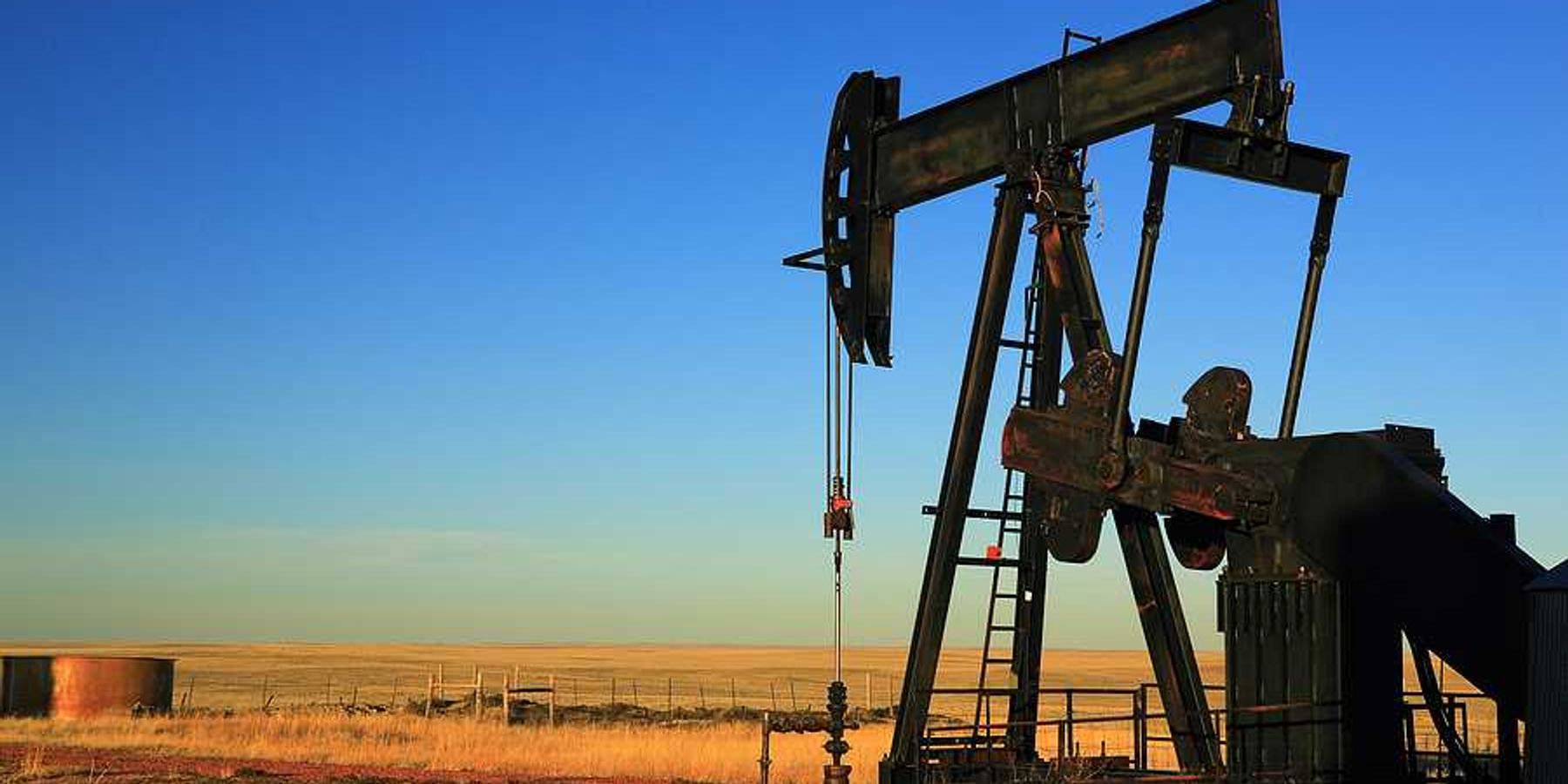DOE warns aging coal plants may stay online as AI drives up power demand
A new U.S. Department of Energy report predicts severe grid strain by 2030 if fossil fuel plant closures continue while artificial intelligence data center expansion accelerates.
Peter Behr reports for E&E News.
In short:
- The Department of Energy (DOE) projects major power outages in the mid-Atlantic and Great Plains regions unless the U.S. slows coal and gas plant retirements and builds new power infrastructure to support the energy demands of AI data centers.
- The report lays groundwork for President Trump to invoke emergency powers under the Federal Power Act to delay fossil plant closures, framing AI competition with China as a national emergency.
- Clean energy advocates say the DOE overstates blackout risks and undervalues wind, solar, and battery technologies, warning that keeping outdated plants online could drive up costs for consumers.
Key quote:
“Absent intervention, it is impossible for the nation’s bulk power system to meet the AI growth requirements while maintaining a reliable power grid and keeping energy costs low for our citizens.”
— U.S. Department of Energy report
Why this matters:
Data centers that power AI tools require massive and continuous energy inputs, and utilities are struggling to keep up — especially as coal and gas plants are phased out. But leaning too heavily on old infrastructure means clinging to some of the dirtiest sources of power, which contribute heavily to air pollution and climate change.
Read more: Governments revisit nuclear power as energy demands soar and AI strains the grid













